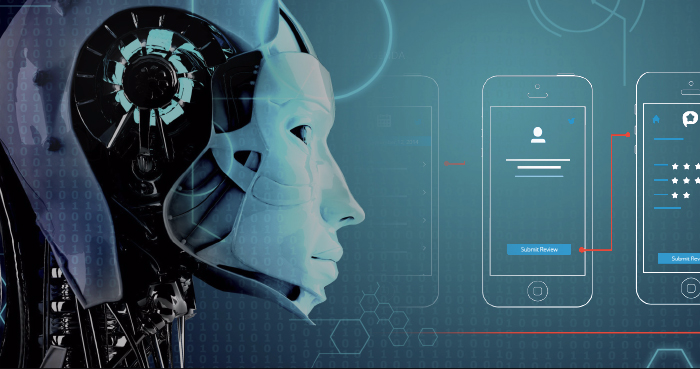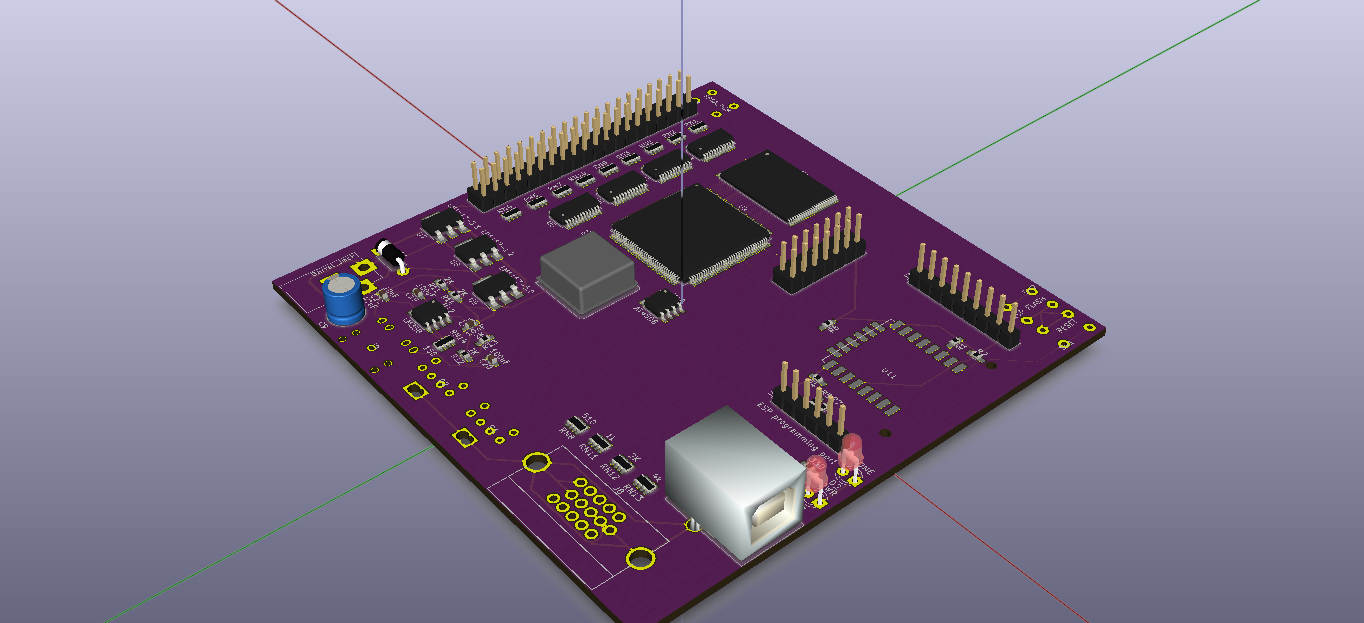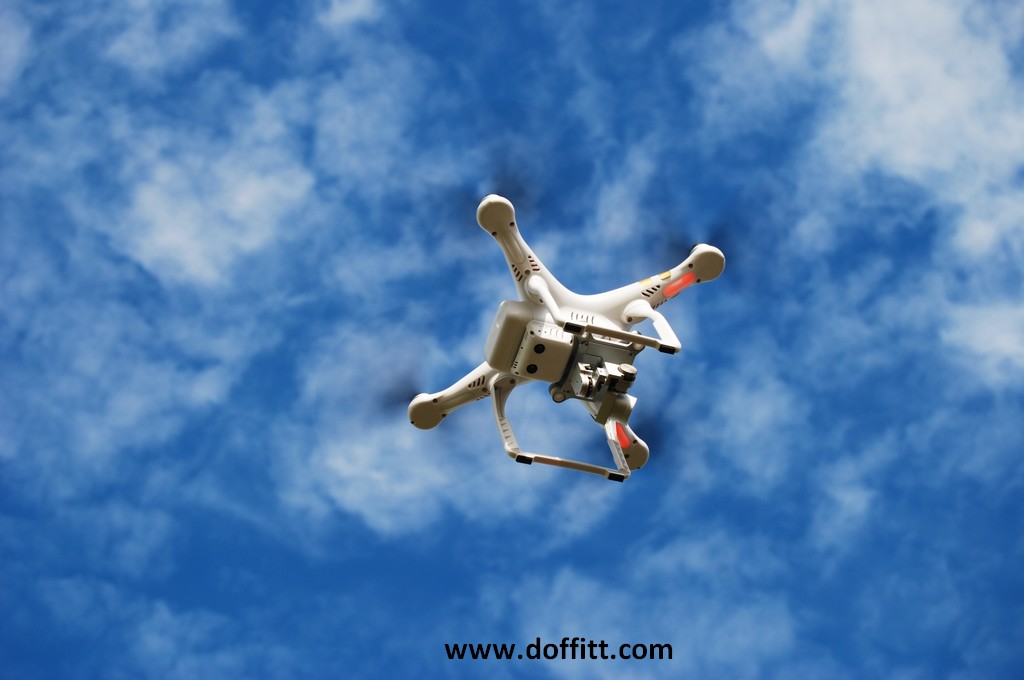5 Ways Machine Learning can Make Mobile Apps More User-Centric

The typical “one size fits all” approach is fast waning and instead customers and users now like services that cater to their individual needs. But meeting specific customer preferences wouldn’t have been possible without understanding customers. Machine learning technology has opened the opportunities for businesses, developers, digital marketers and strategists to know about their audience and personalise the offerings in a never-before way.
How can the machine learning be incorporated best in the user interface and user experience of most mobile apps? What type of features machine learning technology offer to revolutionise user experience? To answer these, we are going to explain here the most impressive ways machine learning can make value additions in mobile apps.
Table of Contents
Making Personalisation a Key Thing
Users and buyers these days tend to engage more with brands that serve up to their individual preferences and choices. Personalisation has already become a critical factor in delivering customer-centric user experience. Now, thanks to machine learning businesses can quickly know about customer preferences and adapt accordingly.
With machine learning, an app can get hold of the following data-driven insights.
- • Customer behaviour and preferences
- What customers can afford
- What customers give priority to
- The typical pain points and constraints of customers
- A variety of customer feedbacks, reactions and repercussions of customers.
Machine Learning providing all these valuable insights helps your app address these different layers of preferences and constraints to deliver a better and user-centric app.
Automated and Visual Recognition
Recognising users in real time and delivering features and functionalities based on user identity is increasingly getting momentum. From detecting user faces through advanced face detection technologies to automatic recognition through biometrics to understanding the verbal expressions of users, machine learning is already in use across operating systems and applications.
Now, machine learning based language detection can help an app translate the language input in real time. With face detection technology an app utilising the camera can adjust certain features to optimise the snaps when capturing selfies or portraits in different light conditions.
“There are several ways machine learning API can help authenticate users. Apart from face detection even certain gestures typical to a user can help users to authenticate”, explains Juned Ghanchi of IndianAppDevelopers, a company with several mobile apps built with Google cloud AI and machine learning to its credit.
An app equipped with natural language processing technology can easily understand different speeches in spite of differences in pronunciation. An app can also translate the text and spoken words in real time to accommodate users speaking various languages. This will particularly be useful with intelligent chatbots and their real-time translation.
Geo Interest
Serving users interest us already the strength of machine learning. Now machine learning can further be used to combine the geolocation mapping with the assessment of user interest. When they work in combination to serve up to the individual interest, we can refer to this new machine learning based feature as Geointerest.
Let’s explain how this works really. While using a travel app a user navigate through various locations including cities in and abroad the country. Now, while navigating they come across multiple points of interests ranging from nightclubs, restaurants, gyms, hotels, spas, theatres, supermarkets, etc. Users often need to check Google to navigate to the places of such interests that appeal to them.
The GeoInterest feature in apps can automatically detect the places of user interest in the map and can help them navigate to such places besides providing detailed information on them. Just by integrating Google Map API and machine learning such GeoInterest feature can be offered to serve users up to their interests and preferences when they navigate through places.
Advanced Search
One of the most relevant ways machine learning technology can help user experience across mobile apps is through advanced search function based on individual user insights. When the search function helps users finding the contents based on their preferences, priorities, needs, likes and dislikes, it intuitively helps them to get hold of contents more easily.
Such cognitive technologies also make it easier to categorise and list contents and make them accessible as per relevance and user needs. Based on the histories of individual user activities and search preferences you can cater to individual searches.
Machine learning opened up the opportunities to get hold of crucial insights about user searches that can quickly be utilised to deliver better and user-specific search results.
User-Specific Ad Campaigns
For most marketers, it has been the biggest concern to run the right ad campaigns for the suitable audience. A wrong ad campaign for the wrong audience only leads to sheer drainage of investment and effort. This is why knowing what type of ads and promotions can work for what type of audience is crucial for their success.
The consumers and users always engage with marketing and ad contents that are relevant to their need, context, affordability and preferences. Consumer insights derived through machine learning technology can make ads and promotions more user-focused.
As per the report of The Relevancy Group, a whopping 38 per cent of marketing and ad professionals have already started to use machine learning as a crucial part of the Data Management Platform (DMP) they use to create advertisements. Thanks to machine learning, ads can be more well informed and customer-centric now, and businesses can marketers create ads and campaigns based on individual customer interests and insights.
Conclusion
Machine learning will not only continue to provide data-driven insights about consumers and users for businesses to target them more specifically with their digital solutions, but the technology will continue to create more features that are capable of addressing to the relevance and contexts of the users.





